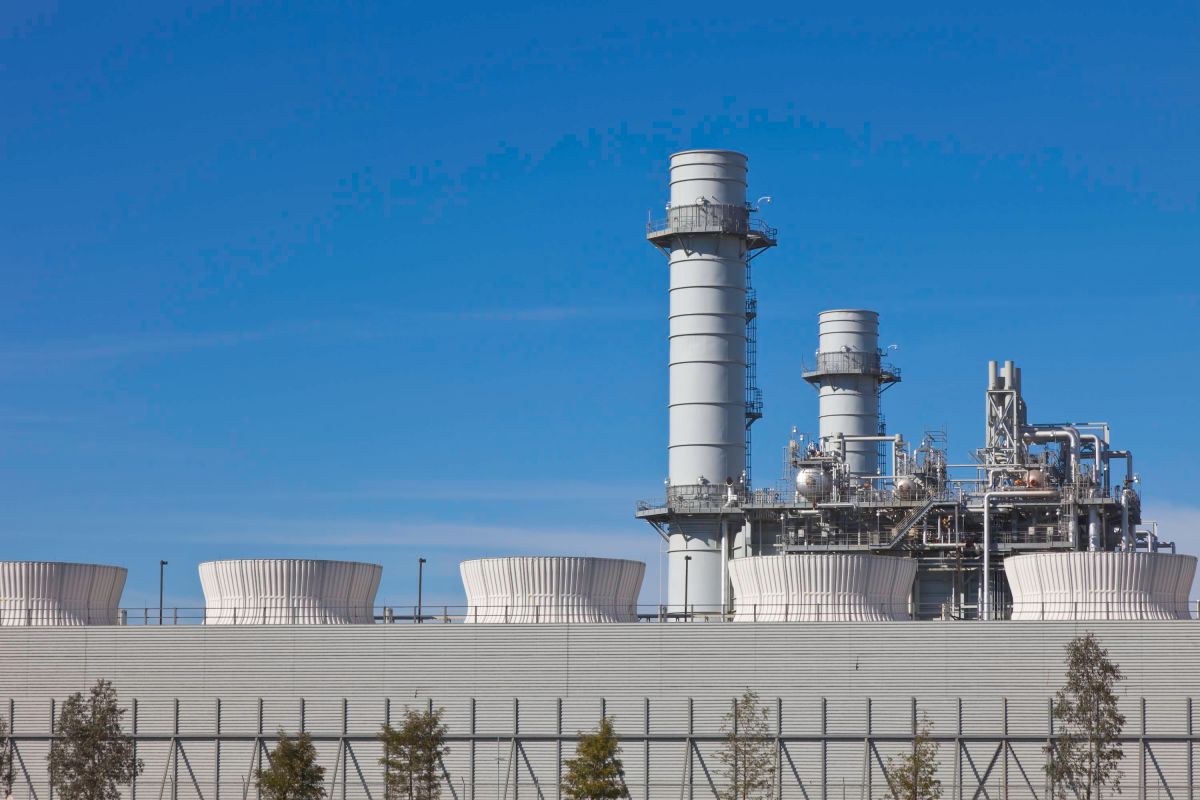AI continues to reshuffle power and energy markets with even oil giants like Exxon Mobil getting into the mix.
Exxon announced this week that it’s planning to build a power plant for data centers, reflecting just how much electricity tech companies expect they’ll need in the coming decade. According to one estimate, nearly half of new AI data centers might not have enough power by 2027.
The oil and gas company already operates power plants for its own operations, but the new project would be its first for outside customers. Though Exxon dabbles in renewable energy, the planned power plant would run on natural gas and generate over 1.5 gigawatts.
In a twist, Exxon said that it intends to capture and store over 90% of the carbon dioxide the plant produces.
The company isn’t planning to connect the power plant to the grid, avoiding the interconnection backlog that has plagued many new power plants. In an annual strategy document published Wednesday, Exxon described the new project as “reliable, fully-islanded power with no reliance on grid infrastructure.” It did not say where the power plant would be located. Exxon did not reply to a request for comment before publication.
The facility should be completed within the next five years, the company told the New York Times. That’s a shorter timeline than most nuclear power plants, which have caught the eye of energy-hungry tech firms. Most of those aren’t scheduled to come online until the early 2030s.
But Exxon faces stiffer competition with renewables, which have proven quick to deploy and continue to drop in price. Google’s recently announced renewable energy investment, which including partners will total $20 billion, will start sending electrons to the grid in 2026. Microsoft is contributing to a $5 billion, 9-gigawatt renewable portfolio that has already made its first investment; the inaugural solar project is scheduled to come online six to nine months from now.
Complicating matters for Exxon is the fact that carbon capture and storage (CCS) adds considerable cost to construction and operation of a fossil fuel power plant. So far, there are only a handful of power plants worldwide that capture some of their carbon pollution, according to the Global CCS Institute, and none of them run on natural gas. That may change given the tax credits available under the Inflation Reduction Act, which offer between $60 to $85 per metric ton of carbon captured and stored.
Still, the technology has some kinks to work out at the commercial scale. Some have hit their targets, while others have fallen far short. One long-running CCS facility in Canada promised to capture 90% of the carbon dioxide from a small coal plant, yet after nearly a decade in operation, it managed to capture just under 60%, according to the Institute for Energy Economics and Financial Analysis.

